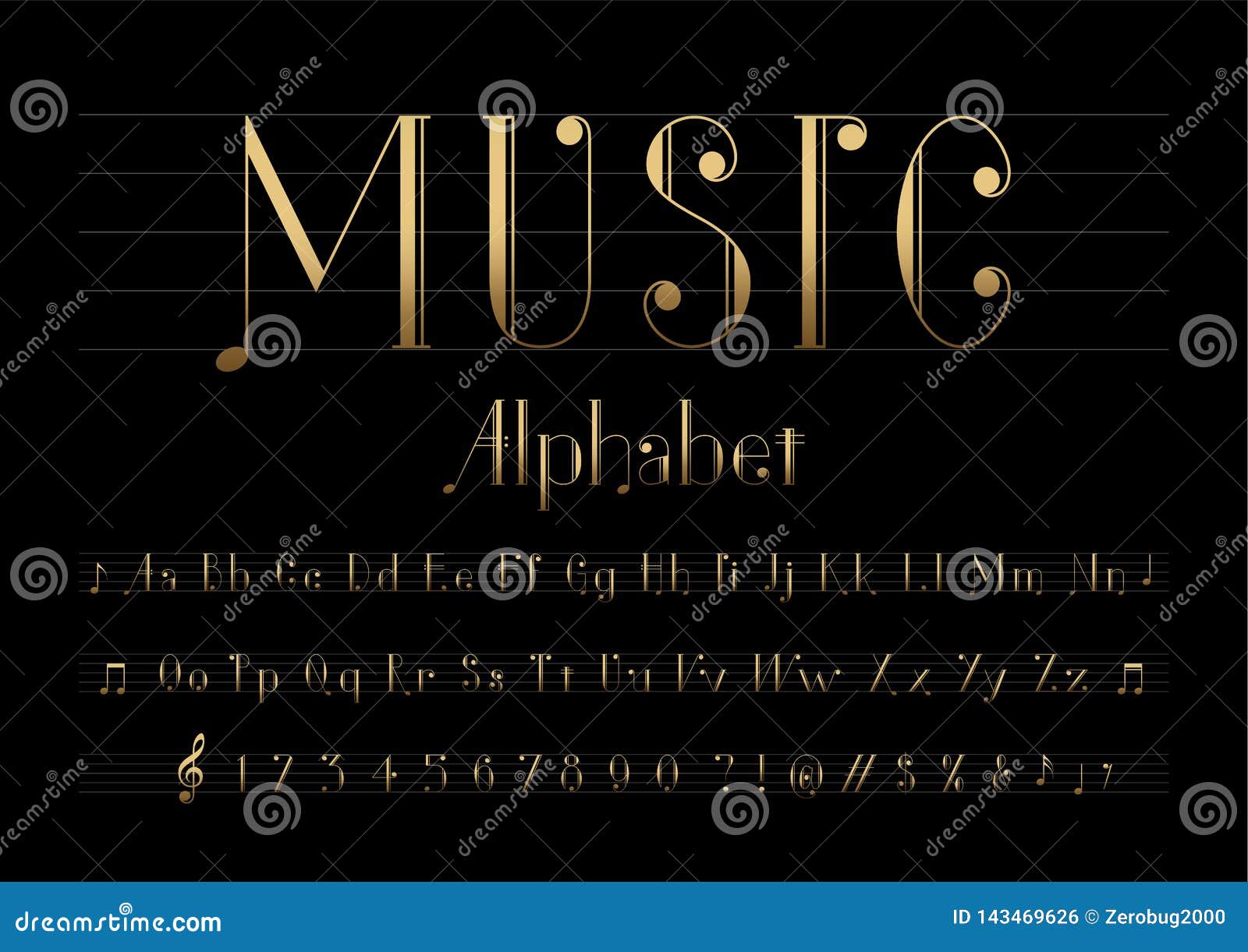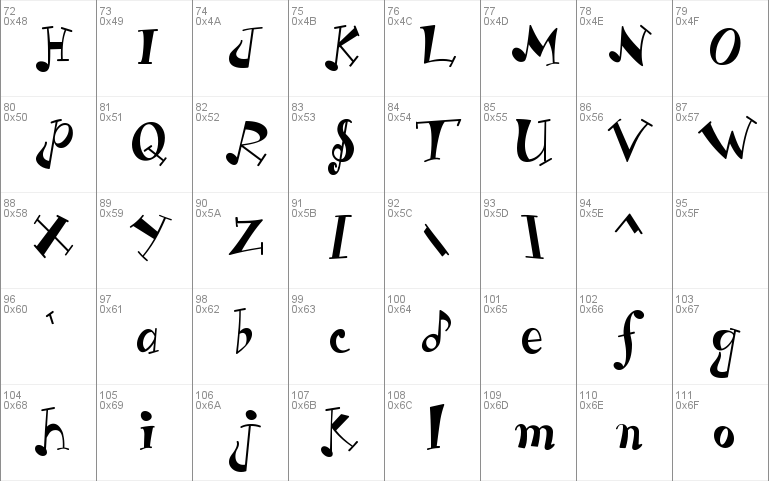

Harsh timbres (such as the sound of crashing cymbals) corresponded with angular shapes while softer timbres (such as the sounds of a piano) corresponded with rounder shapes. Higher-pitched sounds tend to be associated with smaller, more angular shapes whereas lower-pitched sounds are associated with larger, rounder shapes. The authors note that previous studies have suggested that listeners have visual and tactile associations with different kinds of sounds: In the study, they created faux CD album covers with different typefaces to test how it affected listeners’ expectations of the music, and how it affected their interpretation of the music after they heard it. In particular, the authors narrowed in on how curvy or angular a typeface was (i.e., its curvilinearity).

There are several ways you can change the look of the default slash and rhythmic notation in Sibelius.A newly published psychological study tested specifically how the typeface on album covers affects expectations about and perceptions of the music. Regular pitches are replaced with slash note heads attached to note stems in the center of the staff Rhythmic Notation is used to indicate a specific rhythmic figure.These slashes simply indicate “time” in the current meter (In 4/4 time, 4 slashes in a measure, for example). Stemless slashes are frequently used to indicate improvised chording or comping where no specificity is required.Do these smaller noteheads exist in Sibelius, or is there a way to create them? And if so, how?Ī: Excellent question. Slashes and Rhythmic Notation are commonly used for comping guitar, bass and drums in jazz charts. Hard to believe that Sibelius lacks something as simple as a short slash notehead. Q: IMO, Sibelius’ slash noteheads (type 4, ‘beat with stem’) are too long (2 spaces high vs.1 space in Finale’s), and too thick, making rhythms difficult to read.


 0 kommentar(er)
0 kommentar(er)
